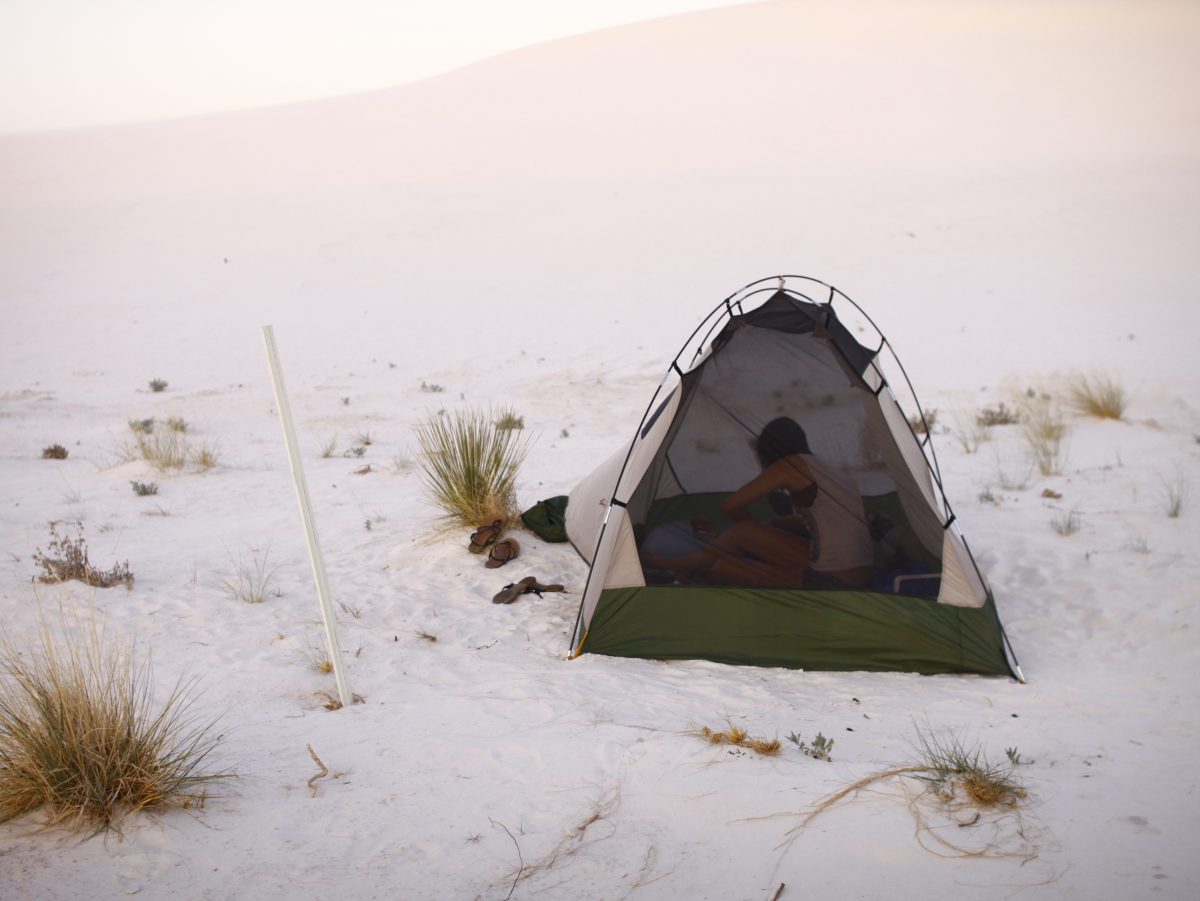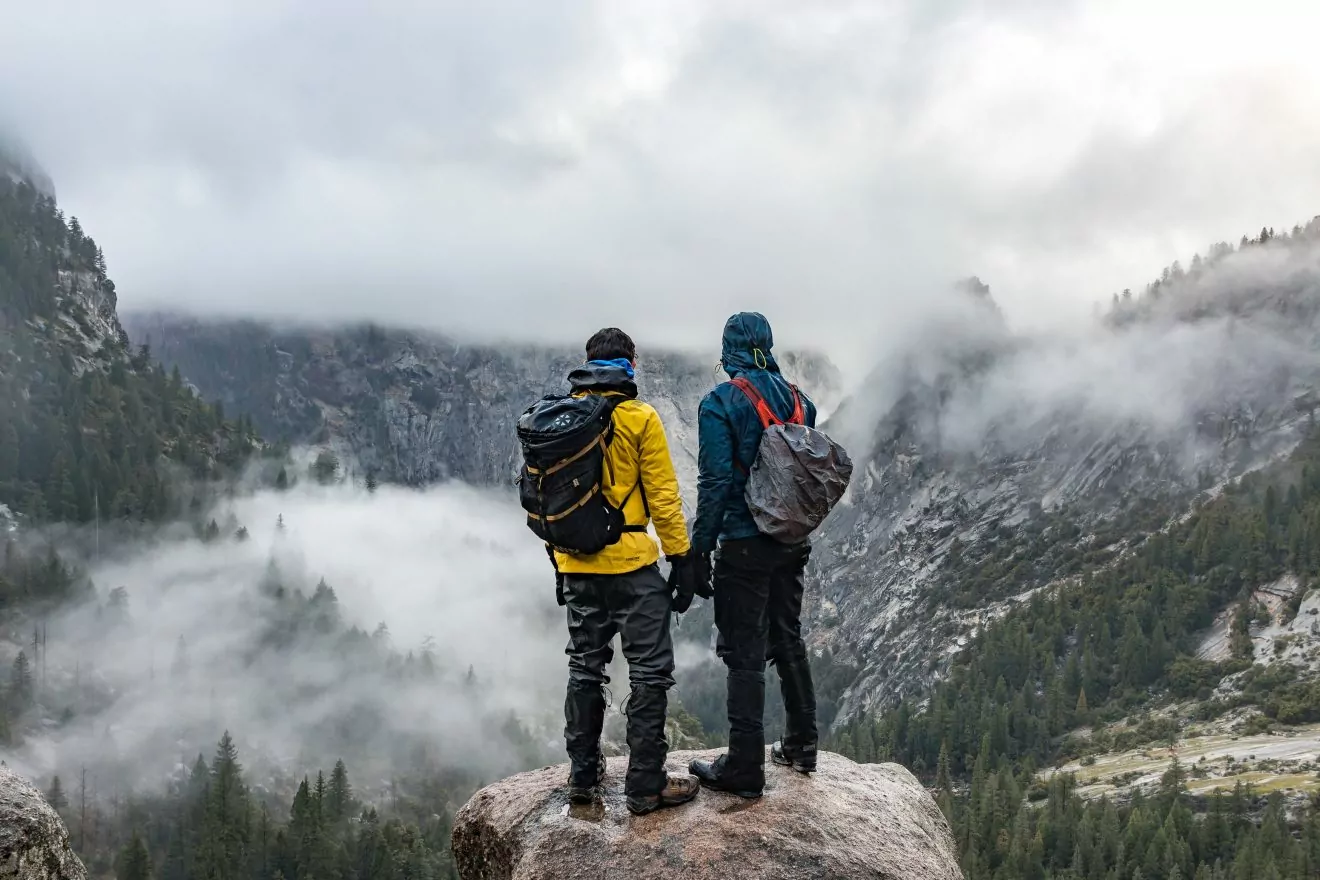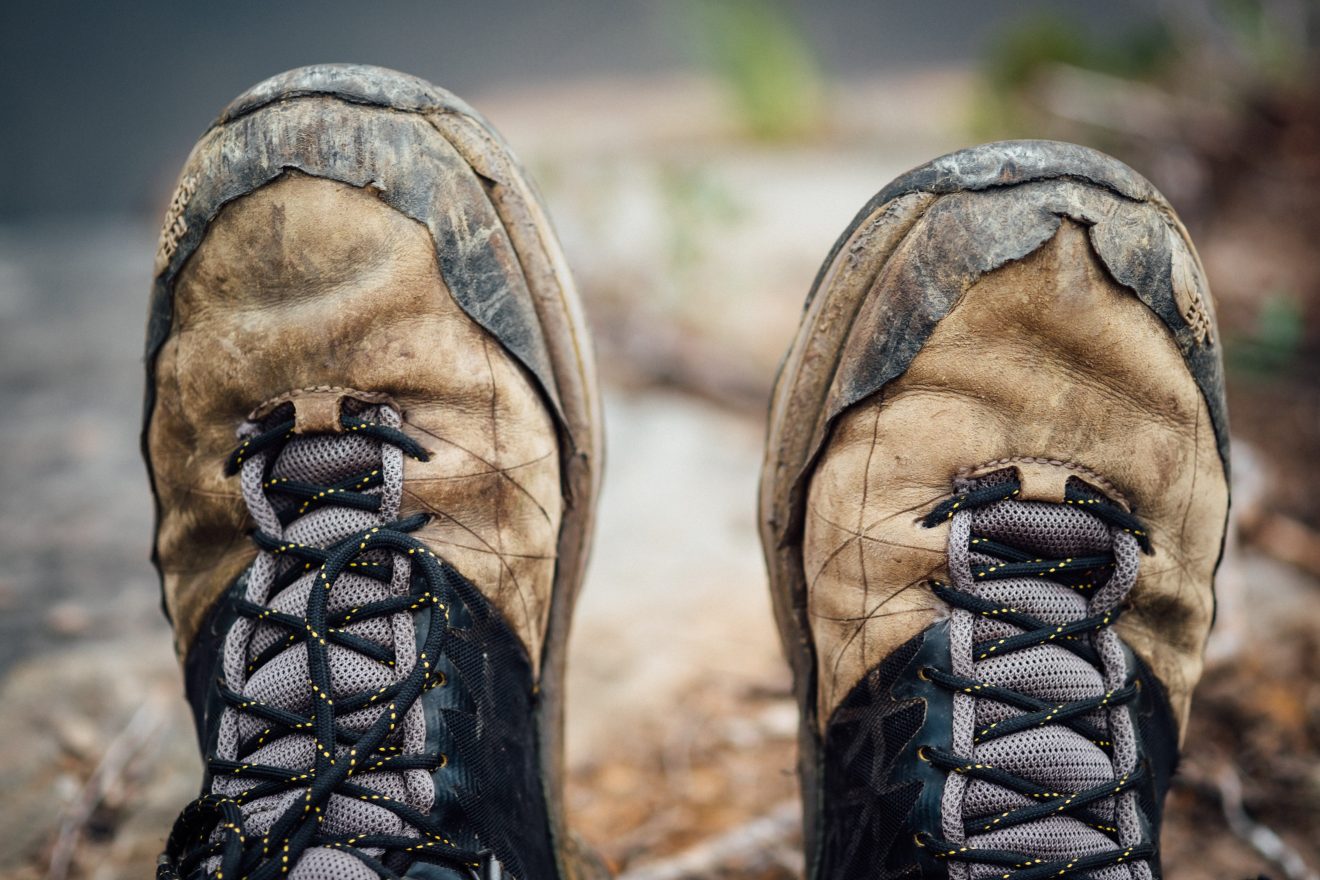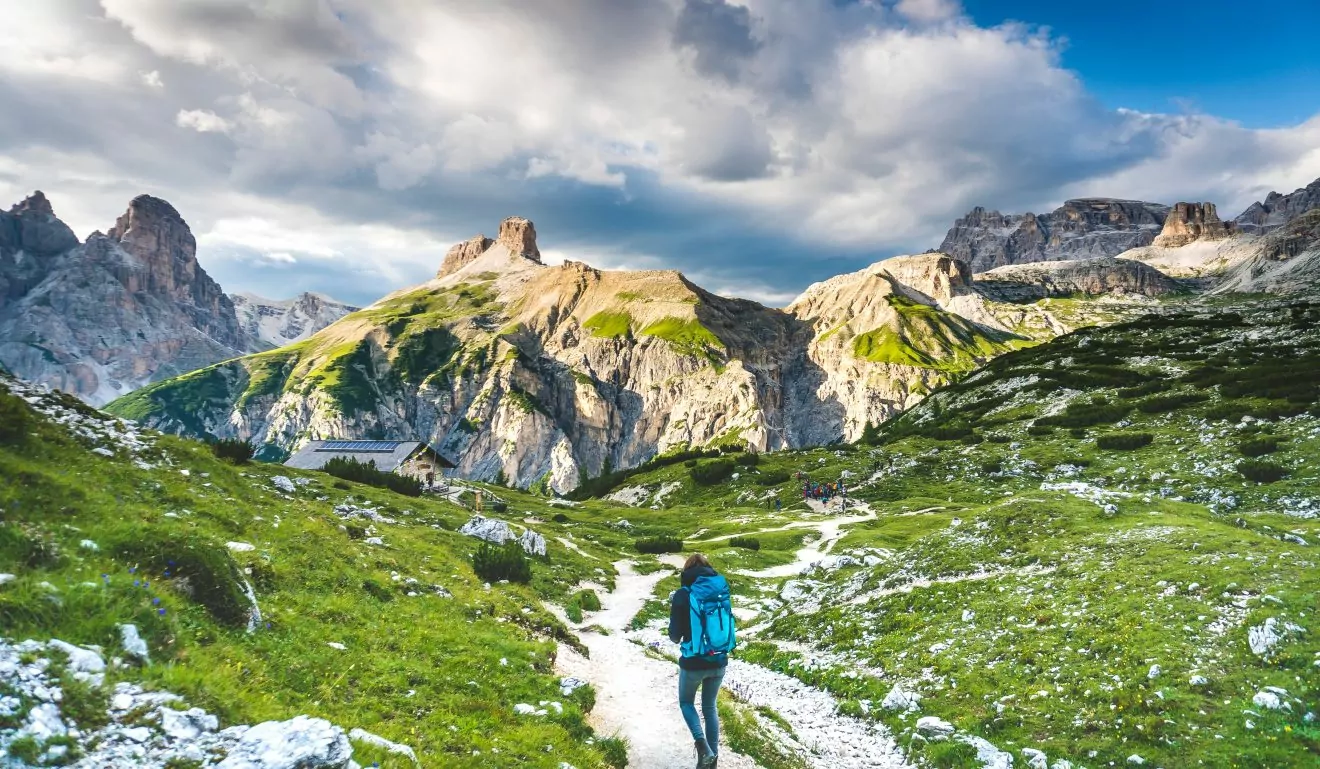
8 Things the Pros Wish They Knew Before Their First Backpacking Trip
Some first backpacking trips are better than others. But if you follow a bit of time-tested advice, you can ensure your first trip runs smoothly.
My first backpacking trip? (I don’t even think you could call it that.) I forced my sister to walk a mile and a half across sand dunes to a walk-in site at White Sands National Monument (now Park!!!) in New Mexico. She piled our tent and sleeping bags high in her arms. The small cooler that I carried down by my side hit my leg with every step. I squeezed my other arm tight to keep the rest of my gear from slipping out from under my armpit. Both of us wore strappy sandals that slapped the ground with each step and flung sand behind us as we trudged along.
When we got to camp, we realized we didn’t have enough water for the whole night. So, back and forth we went one more time — walking out and then driving to a nearby gas station to get the supplies we needed. After we finally settled into camp that evening, we quickly forgot the stress of the journey. From atop the sand dunes, we watched the rolling hills of white fade to pastel shades of pink. We listened to the feet of black beetles as they pattered across the sand. Never in our lives had we experienced such silence before. That night, we fell asleep — probably on bare ground – hard and fast from a rewarding day. While I think fondly of those memories, my sister hasn’t gone in the backcountry with me since….
Everybody is new at some point; we’ve all felt that sense of uncertainty as we navigate a foreign activity. But learning new skills opens up a world of experiences and places to explore. Plus, being a beginner means that you get to make fast progress. For me — I quickly learned one important lesson: a backpack is really helpful when you’re backpacking.
Let our team‘s mistakes guide you so you can have a successful first backpacking trip.
1. packing light makes the trip more fun
“My first backpacking trip was to Havasupai in 2004,” Karla Kennedy, a Wildland guide tell me. “I owned a really nice Arc’Teryx pack that some well-intentioned salesman had upsold me for my post-college trip around Europe. But, that backpack turned out to be my first guide pack about 12 years later. And my first guided trip was back to Havasupai! Funny how things go full circle. I did my first trip off the couch, as 20-somethings so often do. I chose the wrong shoes (very stiff, not-worn-in, low-cut boots) and packed WAY too much.”
“It is so hard on your first trip to decide what you can live without because you have no prior experience. But to my fellow hikers, I make this suggestion: how long (like, how many minutes) will you use it compared to how many minutes will you carry it? Take that ratio and balance it against how happy the item makes you and how heavy it is. Sometimes, you will still bring that item, other times the choice to leave it behind is clear. Sometimes you can re-purpose something (an extra pair of socks on your hands if you think you *might* not use gloves). I enjoy backpacking because it is a practice in minimalism (and sometimes I still choose incorrectly!)”
James Wieman, Colorado Program Manager and Wildland guide, seconds this notion. “Think about what you will really use while backpacking. Things that seem useful like a big multi-tool, mostly just add weight. You reduce weight by cutting ounces, not pounds.”
2. The Weather doesn’t have to make or break a trip

“I wish I had known that backpacking is fun in any kind of weather. Rain, snow, high winds, cold, and heat are part of the deal. If you acquire adequate equipment, then you can learn to be comfortable in any weather,” Wieman says.
But difficult weather conditions mean you need good gear. And for many, you’ll take some time to gather this gear. “You don’t have to buy everything all at once when getting into backpacking,” Wieman says. “Start with a pack, sleeping bag, and pad, or borrow gear you might be interested in purchasing. Move up from there on the equipment you will need.”
And if money is tight or you’re trying to reduce your carbon footprint, you can buy high-quality secondhand gear to get you geared up for any weather condition.
3. salty snacks are key
When you’re backpacking, you need to consume at least two times the food and water that you intake in a normal day. And if you’re staying hydrated, you’ll need to up your salt intake, as well. Snack on salt-rich foods such as nuts and chips, and add electrolyte mixes to your water.
“I wish I knew the importance of salt intake,” Jordan Dikeman, a Wildland guide and Grand Canyon Assistant Program Manager, mentions. “I bonked on a few hikes and experienced some mild hyponatremia; I was having the shakes, feeling thirsty when I was hydrated, etc. Ensuring I had a salty snack or two during hikes was a game-changer.”
4. you Only need one really good pair of pants
“I wish I knew I did not need a new pair of pants for every day of the trip!” Mikaela Ray, Wildland Director of Domestic Operators, says. “My first backpacking trip, I brought way too many clothes. I remember I packed an article of clothing in order to be able to change my entire outfit for every day of the backpacking trip. It weighed down my pack and was totally unnecessary. I wish I would have known the importance of just investing upfront in that one good pair of pants or that one good piece of technical clothing that is odor-reducing, quick-drying, and weather-resistant. It would eliminate the need to bring extra clothes on a trip.”
“Fast forward to today, I now bring as minimal clothing as I can get away with. I will wear the same clothes for the duration of the trip, with the exception of a ratio of socks and undergarment changes based on the weather and duration of the trip. In general, it always feels good to have one backup “emergency” outfit if I could get away with it — and if my pack could spare the extra weight. The emergency outfit would account for inclement weather during which having dry clothing could be a matter of risk management.”
5. Break in those boots!

“Oh, the blisters!” Karla Kennedy has personal experience with this one. On her first backpacking trip (to Havasupai), she wore shoes that weren’t broken in. “My advice for the first-time backpacker is when looking at your closet of shoes, choose ones that are worn in. I would strongly argue that the cut of the ankle is less important than how well worn the shoe is. For example, a typical boot that covers your ankle bone but is too stiff and not broken in is a poor choice compared to a low-cut but well-worn shoe or boot.”
And once you break in those boots, remember to use proper foot care when you’re out on the trail.
6. bring high-calorie foods
Scott Cundy, co-founder of Wildland Trekking, started backpacking when he was five, so he didn’t have much control over his first few trips. “As I got older and started backpacking on my own, probably the #1 thing I would have liked to have known was to bring high-calorie foods like butter, cheese, oils, and proteins. We hiked in with nothing but noodles and dried fruit at first and it was pretty grim.”
On Wildland backpacking trips, we cook meals for you that are balanced and nutritious —providing essential carbs to help you recover, as well as incorporating nutrient-dense add-ons like cheese and oils. However, if you’re going at it alone, be sure to pack enough food (and the right types!) to fuel you for long days on the trail.
7. a properly adjusted hip belt makes a huge difference
Jordan Dikeman remembers his first backpacking trip vividly. “My first backpacking trips were with the Marines in 2002 in the coastal foothills of Camp Pendleton, CA. During Bootcamp and initial combat training, I thought the backpack hip belt was more of an optional item. So, I left it at the barracks for a few hikes. Oh man, was that absolute hell. My back and shoulders were killing me and I dreaded the next hikes. It wasn’t until a fellow Marine pointed the importance of the hip belt out did I start using it — and it completely changed how the backpack felt.”
8. backpacking will become a life-long passion

“I wish I had known it would become a lifelong obsession! 40 years after my first trip and still can’t wait for the next hike.” Joe Keyser, Wildland Trekking guide, mentions. “Had I known that when I started I would have spent more time improving my skills. If I would have learned more about gear, food, navigation, how to evaluate trip difficulty, and a bunch of other stuff, several of my hikes would have been much less challenging!”




